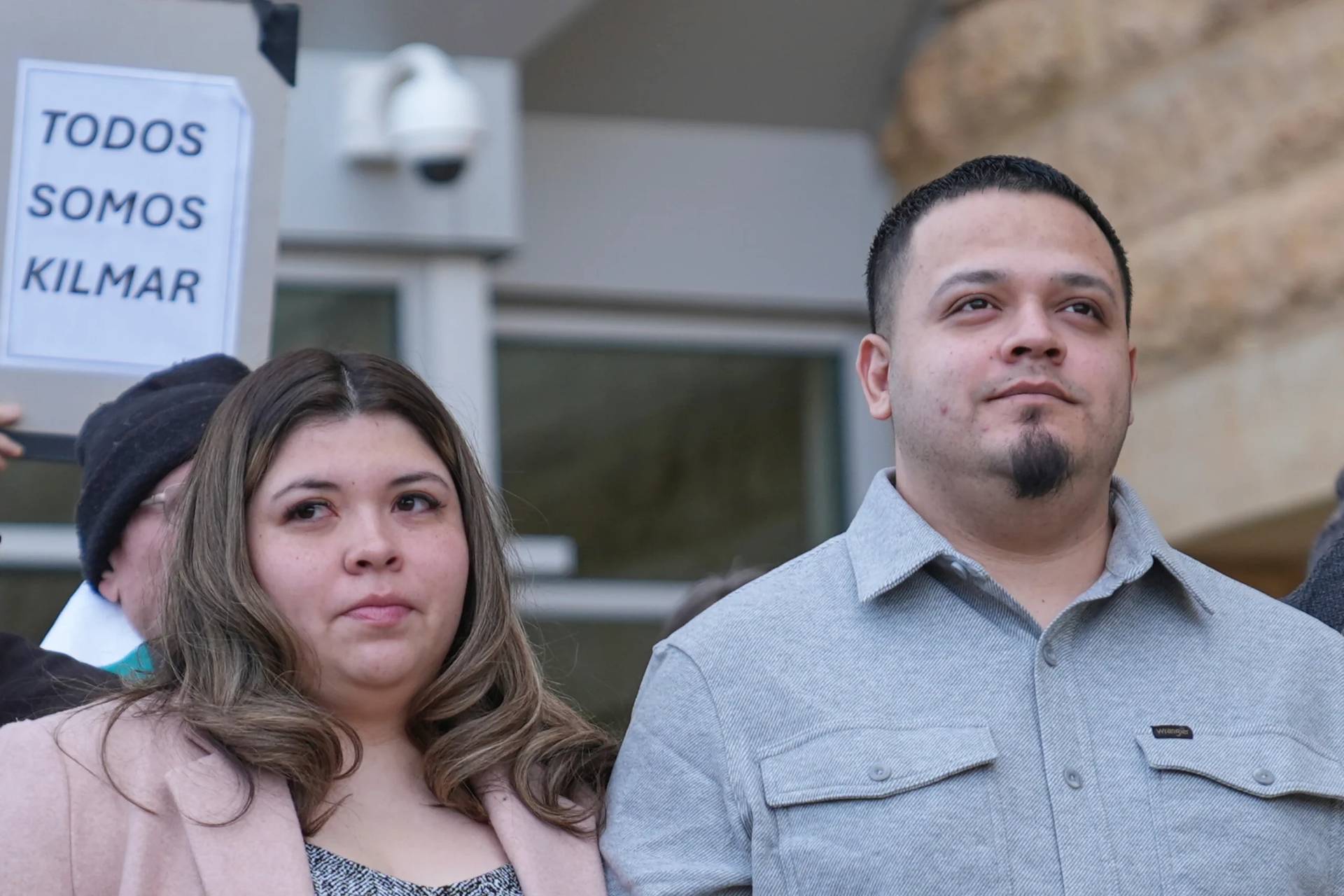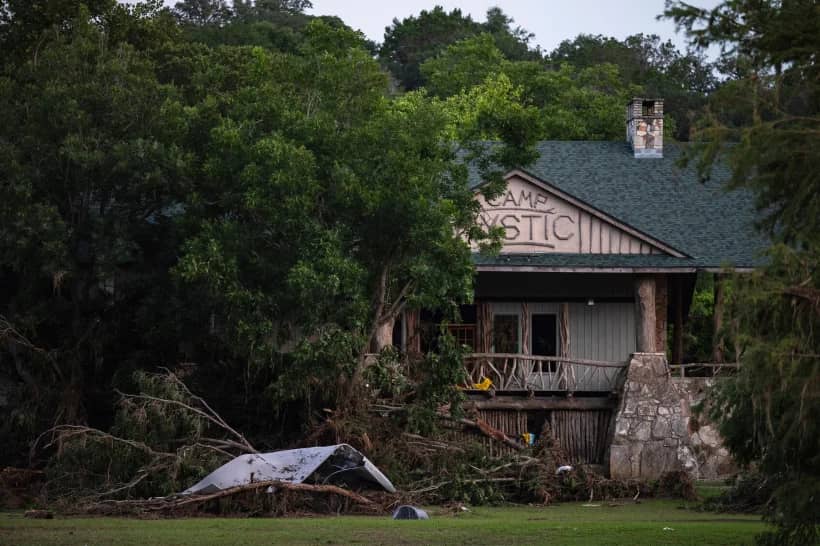PHILADELPHIA — Catholic residents of a Northeast Philadelphia neighborhood are mourning the loss of a landmark church.
Fire ravaged the former St. Leo the Great Church May 9, gutting the iconic structure in the city’s historic Tacony neighborhood.
The blaze started in the church and spread to the nearby former parish rectory, causing severe damage to the home of permanent diaconate candidate Pasqual Mota and his family. The Motas purchased the residence from the Philadelphia Archdiocese in 2016.
Philadelphia Fire Department Deputy Chief Vincent Mulray confirmed there were no injuries, and said the fire, which broke out after 5 p.m., was under control two hours later by some 100 firefighters.
While the cause remains under investigation, Mulray said the flames resulted in “a total loss for the church.” Another fire official later said vibrations from the nearby Amtrak rail line would likely weaken what remained of the structure.
Following a July 2013 merger with nearby Our Lady of Consolation Parish, St. Leo had been a worship site but because of high maintenance costs it was closed in December 2018 and, in canonical terms, “relegated to profane (non-ecclesiastical) but not sordid use.”
The building was sold April 6 to new owners, said Father Joseph Farrell III, St. Leo’s last pastor and currently pastor of Our Lady of Consolation.
The sight of his previous church engulfed in flames was “like a punch in the gut, just unreal,” said Farrell, who “could see the smoke from down the street” as he hurried from Our Lady of Consolation to the fire scene moments after receiving word of the blaze.
He was joined by a several current and former parishioners, who gathered across the street at Disston Park to watch and weep for the church they and their families had called their spiritual home for generations.
“Everyone made their baptisms here. Everyone was married here. Everyone made their Communions here. My parents were both buried here,” said Ann Marie Kuvik, whose mother had been vice principal of St. Leo School. “Everything major in our lives happened here. Everything.”
“I found my faith in this church, in these pews,” said Maureen Nemchik, a parishioner since 1980 who was married at St. Leo’s in 2006.
Now living in New Jersey, Nemchik still attends Our Lady of Consolation, and “scrambled” across the bridge as soon as a friend told her of the fire.
“It was just a beautiful place, with beautiful people,” she said through tears. “I have such wonderful memories of St. Leo. This is a huge loss for the community.”
Fellow parishioner Eladio Olivo said he ran to St. Leo when a neighbor alerted him.
“I just fell to my knees,” he said. “Even though it’s not our church anymore, we still feel this. So many things happened here, so many beautiful moments, so many generations got baptized, got married … it’s really devastating.”
Olivo pointed to a nearby railroad overpass featuring an image of St. Leo’s facade and a description of the church as “the heart of Tacony.”
Charles Tschopp, a 1981 graduate of St. Leo School and now principal at Christ the King School in Philadelphia, said the moniker was well-deserved.
“It’s a landmark,” he said. “If you say ‘St. Leo’s,’ people will always say, ‘Oh, you mean the one you can see from I-95.'”
The stones of the church themselves speak to local history, he added, noting they were salvaged from the Disston Saw Works, the 19th-century world’s largest manufacturing facility of its kind, which was located just blocks away along the Delaware River.
“The reason there was no bell in St. Leo’s belfry is because they didn’t want them waking up the shift workers,” Tschopp added.
Designed by Philadelphia architect Frank R. Watson and built in 1884, St. Leo was enrolled in the Philadelphia Historical Commission’s Register of Historic Places in May 2019. Those who had just purchased the building “were going in and out every now and then,” Farrell said, and apparently had plans to “lease it to religious groups.”
Christian is a senior content producer for CatholicPhilly.com, the news website of the Archdiocese of Philadelphia.















